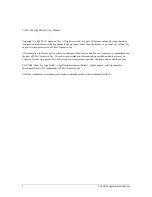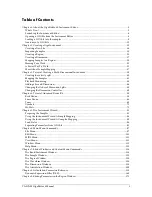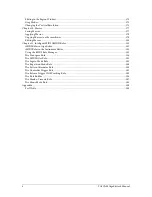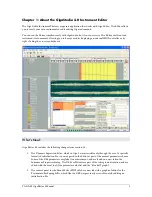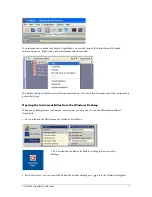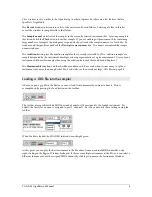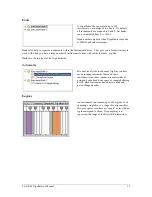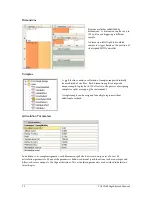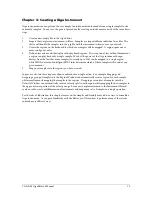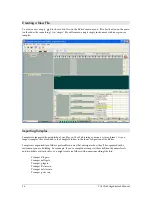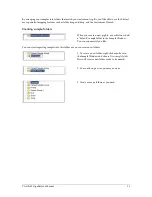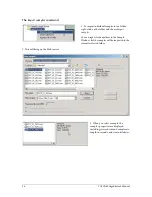Reviews:
No comments
Related manuals for GigaStudio

12X Zoom
Brand: Navitar Pages: 23

850DP - Phaser Color Solid Ink Printer
Brand: Xerox Pages: 2

UNIVERSAL CONTROL 1.1 SVN 2108
Brand: PRESONUS Pages: 1

Compliance Appliance
Brand: TANDBERG Pages: 41

drivers for video card
Brand: EVGA Pages: 23

MapCreate 6
Brand: Lowrance Pages: 76

18506-091462-9305 - Architectural Desktop 2006
Brand: Autodesk Pages: 290

18507-051452-9325 - UPG ARCH DESKTOP 2007
Brand: Autodesk Pages: 104

4L
Brand: LaCie Pages: 6

Raining DataCorp. mvEnterprise
Brand: Raining Data Corporation Pages: 64

ANALYTICS EXTENSION -
Brand: TANDBERG Pages: 36

010-10844-00 - Mobile XT - GPS Software
Brand: Garmin Pages: 52

NETWORK AND SECURITY MANAGER
Brand: Juniper Pages: 340

PHOTOSHOP CS2
Brand: Adobe Pages: 815

Clavinova CVP-210
Brand: Yamaha Pages: 16

Spooler FASTP
Brand: HP Pages: 368

SN3000B
Brand: HP Pages: 70

Smart MK3
Brand: HP Pages: 16


